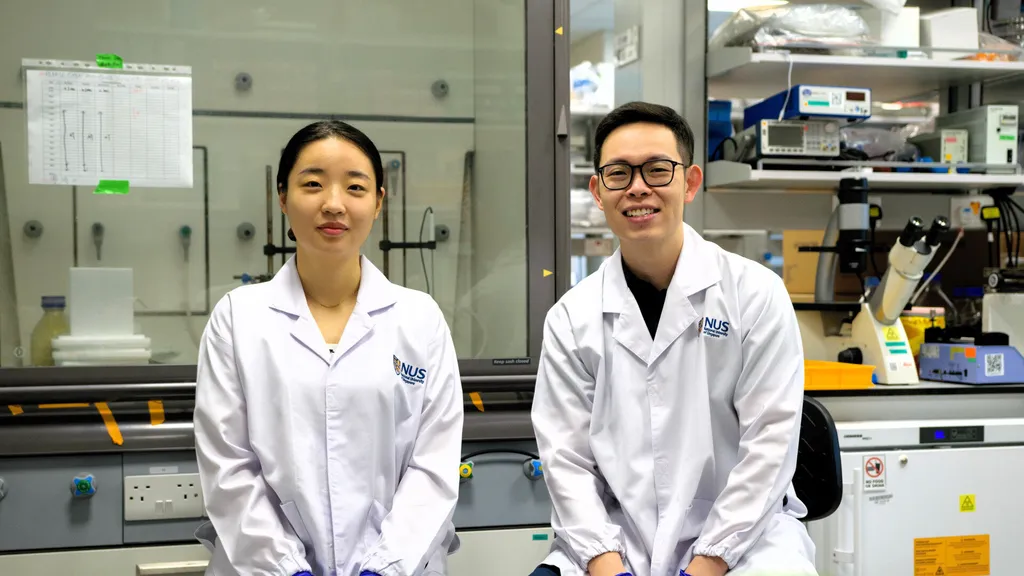In the ever-evolving landscape of cancer treatment, a groundbreaking study led by Kaylin Shanahan from the School of Physics at the University of Galway is making waves. Published in the journal *Exploration of BioMat-X* (which translates to *Exploration of Biomaterials*), Shanahan’s research delves into the promising world of polymer-based nanoparticles, offering a glimmer of hope for more effective and personalized cancer theranostics—the combination of diagnostics and therapeutics into a single system.
Polymer-based nanoparticles are emerging as a powerful tool in the fight against cancer. These tiny, multifunctional platforms can integrate diagnostic imaging and targeted therapy, addressing some of the critical limitations of conventional contrast agents, such as poor specificity, rapid clearance, and systemic toxicity. “These nanocarriers enable improved tumor localization, enhanced contrast agent delivery, and controlled therapeutic release,” Shanahan explains. This means better precision in identifying and treating cancerous cells while minimizing damage to healthy tissues.
The advancements in polymer chemistry and nanoparticle fabrication methods have been nothing short of revolutionary. Techniques like solvent evaporation, nanoprecipitation, emulsion-diffusion, and emulsion polymerization allow scientists to fine-tune particle size, surface charge, and drug-loading efficiency. This precision optimizes biodistribution and imaging performance, making these nanoparticles highly effective. “Hybrid polymer-inorganic nanoparticles further expand functionality by incorporating magnetic, optical, or radiopaque components,” Shanahan adds. This means these nanoparticles can be used in multimodal imaging and stimuli-responsive drug release, all while maintaining biocompatibility.
However, the journey from the lab to the clinic is fraught with challenges. Issues like immunogenicity, pharmacokinetic variability, long-term safety concerns, and manufacturing scalability need to be addressed. Despite these hurdles, recent innovations in ligand functionalization, biomimetic coatings, and multifunctional nanoparticle design are paving the way for more therapeutic specificity and imaging precision. “These attributes collectively govern circulation time, cellular uptake, and accumulation in tumor tissues via passive and active targeting strategies,” Shanahan notes.
The implications for the energy sector might seem tangential, but the underlying technology has broader applications. The precision and control offered by polymer nanoparticles could inspire similar advancements in materials science, leading to more efficient and targeted energy solutions. For instance, the ability to deliver therapeutic agents precisely could translate into more efficient energy delivery systems, reducing waste and improving overall performance.
As we look to the future, the potential of polymer nanoparticles in cancer theranostics is immense. They hold the promise of personalized oncologic care, tailoring treatments to individual patients’ needs. While challenges remain, the ongoing innovations and research, as highlighted in Shanahan’s study published in *Exploration of BioMat-X*, are steering us towards a future where cancer treatment is more effective, precise, and personalized. This research not only advances our understanding of cancer theranostics but also opens doors to new possibilities in various sectors, including energy, by leveraging the power of nanotechnology.

